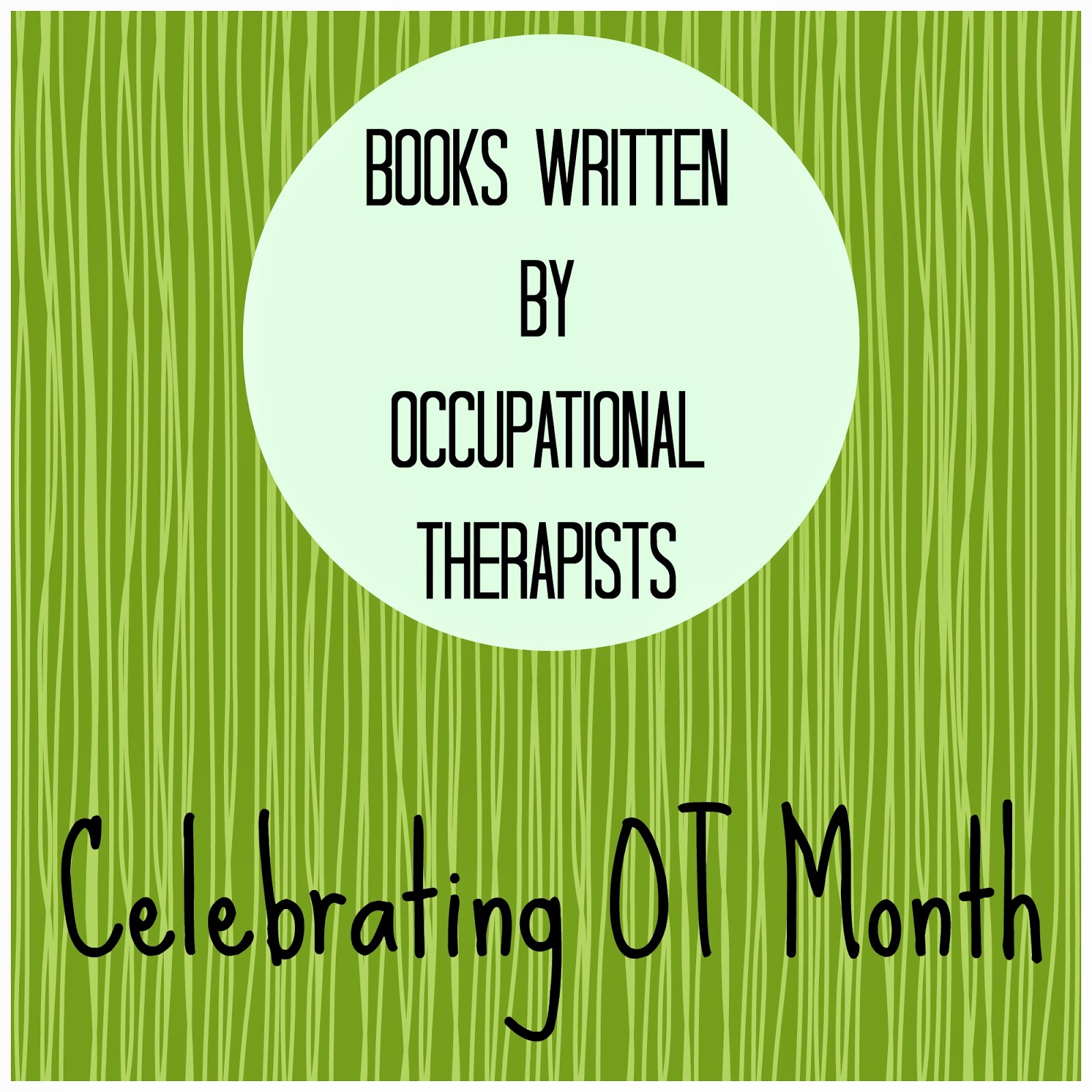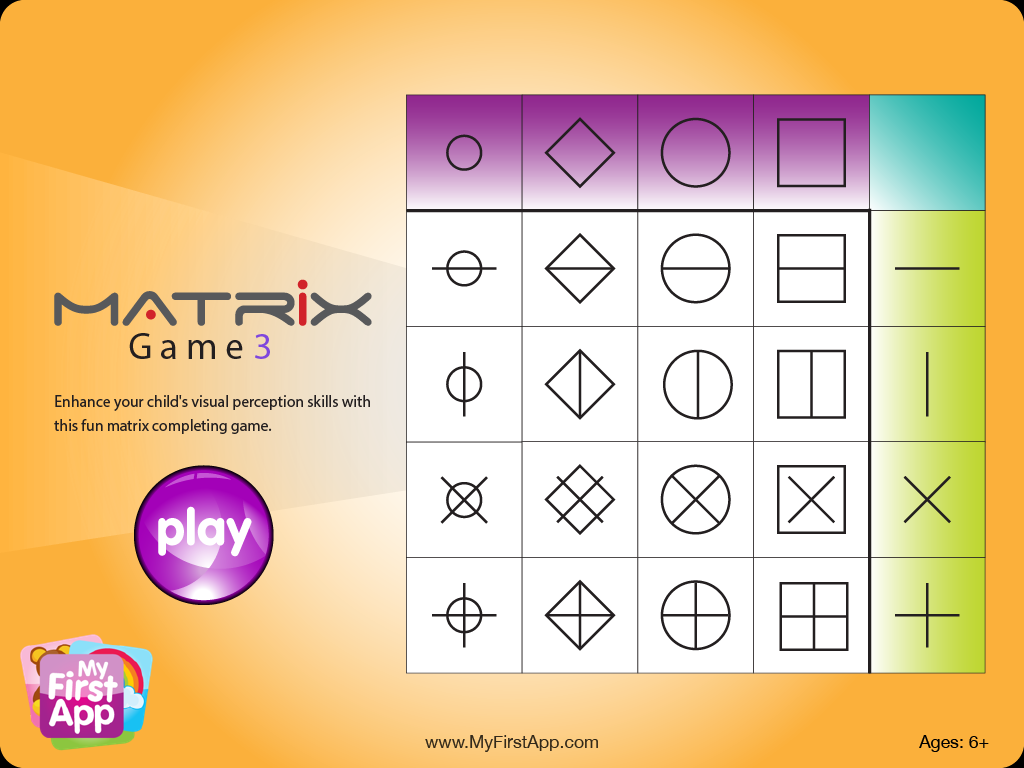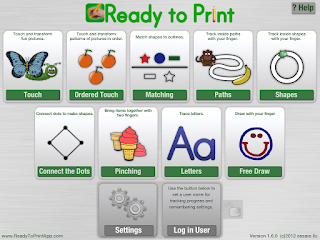Another OT Month has come to a close, but that's okay because we celebrate OT all year long here! Have you been wondering what the photos on my Instagram sidebar are all about? Well, in honor of OT Month, they're all about OT! Let me explain. I participated in the #OTPhoto Challenge by OT for Kids, and while I didn't post a photo everyday, I did manage to post quite a few, and I'm happy with that! I don't have very many "therapy" pictures, so for the challenge I decided to focus on engagement in occupation in my everyday life. I hope it will help you see how important engagement in meaningful occupations are to everyone, of all abilities.
Let's take a look:
#occupied: Running is one of the many ways I occupy my time. An occupation is simply anything that occupies your time. Engagement in occupation is a desired outcome of occupational therapy and occupational therapists use meaningful occupations to guide treatment.
#sensory: Sensory can be so many things! For the photo challenge, I decided to focus on my own sensory needs. I'm a bit of a sensory seeker and so these are the crunchy, chewy, and spicy snacks that I packed for AOTA so I could stay alert while sitting in educational sessions.
#social: Getting social with some of my fellow #AOTAVLDC members at the AOTA Conference.
#leisure: Participation in leisure activities help keep our lives balanced. For me, reading is my favorite leisure activity. (In case you're wondering, Attachments was great, but I loved Fangirl even more)
#education: Great timing on this one. I learned so much at the AOTA Conference!
#routine: Routines are repeatable and observable patterns of behavior that provide structure to your day. Occupational therapists help clients create routines. For me, my morning run is a routine that wakes me up and gets me ready for my day.
#health: I love the World Health Organization's definition of health: "State of physical, mental, and social well-being, not merely the absence of disease or infirmity." Eating a bowl of oatmeal every morning is just one way that I maintain my physical health (and is part of my morning routine!).
#dailyliving: Our days consist of activities of daily living (ADL) and instrumental activities of daily living (IADL). Occupational therapists help clients regain their ability to participate in these necessary tasks. This is a photo of me completing an IADL: laundry.
#work: A photo of my workspace. Working in early intervention, my car often doubles as my "office." Contrary to what many people think when they hear "occupational therapy," we are not therapists that help people get jobs. However, OTs do have a role in identifying workplace accommodations, and are an integral part of the transition team when a student transitions into the working world.
#rest: Ahhh...rest. Such an important occupation and vital to maintaining balance in our lives. Now that I'm back in California, one of my favorite ways to rest is by the pool with a good book.
#meaningful: If it's not meaningful, it's not occupational therapy. The mantra of OTs everywhere! In this photo, I shared several things that are meaningful to me: travel, spending time with friends and family, photography, and memory keeping. To my future OT, you can use this photo to do my treatment planning :)
#cooking: For some, cooking is a deeply meaningful occupation. For me, it's just an IADL. Eating, on the other hand. That's a meaningful occupation!
#pets: Pets are such an important and meaningful part of life. My cat can also teach us a thing or two about rest!
#habit: Habits can be helpful or harmful, and as occupational therapists, we like to help clients establish healthy habits that make their lives easier. Putting on sunscreen every morning is one of my healthy habits. Biting my nails, not so healthy. And no one wants to see a picture of that!
#adapt: Occupational therapists are constantly modifying and adapting activities so clients can fully engage. In my own life, I have to adapt when stretching and doing yoga, by using a towel when I can't quite reach my toes.
I loved participating in the OT Month Photo Challenge! If you want to check out all of the pictures just head over to Instagram or Twitter and search for #OTPhoto to see all of the great OT Month photos!
Now I'll leave you with a few OT Month links:
Some tips from AOTA on how to answer the "What is Occupational Therapy?" question.Occupational therapy's distinct value is clearly explained in this video.
A beautiful essay on Meaning and Mindfulness: Occupational Therapists as Mindful Mentors.
And in case you missed my "Celebrating OT Month" series, here are the links:
8 Awesome OT Blogs
Apps created by OTs
Cool products developed by OTs
and Books written by OTs
How did you celebrate OT Month?












































